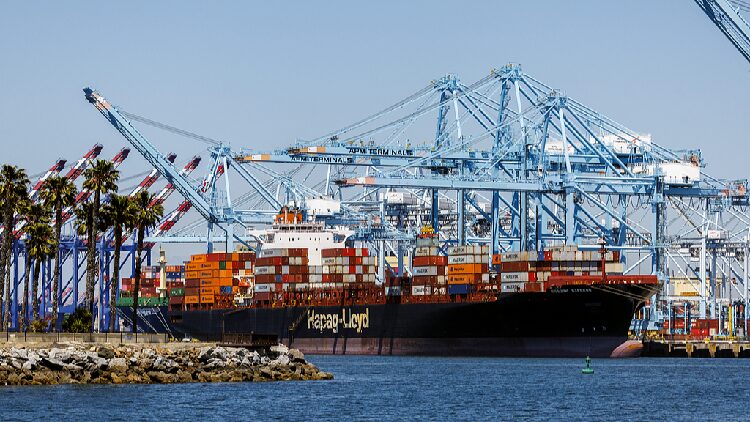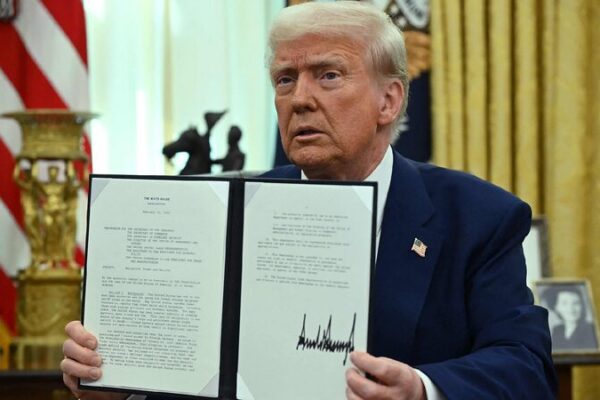The U.S. tech industry is navigating a period of significant uncertainty amid ongoing tensions with the Chinese mainland. Trade disputes, tariffs, and policy changes are reshaping the global tech landscape, affecting everything from consumer electronics to the semiconductor industry.
Impact on Consumer Electronics
The imposition of tariffs on imports from the Chinese mainland has led to increased costs for components used in consumer electronics like smartphones and laptops. While these measures aim to encourage domestic manufacturing and reduce reliance on overseas supply chains, they have also resulted in higher prices for finished products, impacting consumers worldwide.
Challenges in the Semiconductor Industry
The semiconductor sector is particularly affected. Export controls and restrictions have prompted companies in the Chinese mainland to accelerate efforts toward self-sufficiency. This push has led to rapid consolidation within the industry, with numerous mergers strengthening the domestic supply chain. As companies unite and grow stronger, competition in the global market is intensifying.
Some industry observers note that these developments could spur innovation. The limitations imposed have encouraged tech firms to invest in research and development, potentially leading to advancements that could reshape the industry.
Talent Pool and Visa Policies
The U.S. tech sector also faces challenges in attracting global talent due to changes in visa policies. In recent years, the denial rate for H-1B visas, which allow skilled foreign workers to work in the United States, has increased significantly. This has drawn criticism from industry leaders who argue that access to international expertise is essential for maintaining a competitive edge.
High-profile figures like Elon Musk have advocated for expanding the H-1B visa program, emphasizing the importance of skilled workers in driving innovation. However, debates continue over the balance between protecting domestic jobs and welcoming global talent.
Uncertain Future
The evolving policies and trade relations between the United States and the Chinese mainland have created an environment of uncertainty. Tech companies are closely monitoring developments, adapting strategies to mitigate risks, and exploring new opportunities for growth.
As the global tech landscape shifts, industries and consumers alike are navigating these changes, hoping for stability and collaboration that can drive technological advancement forward.
Reference(s):
Navigating uncertainty: U.S. tech faces challenges under Trump
cgtn.com








